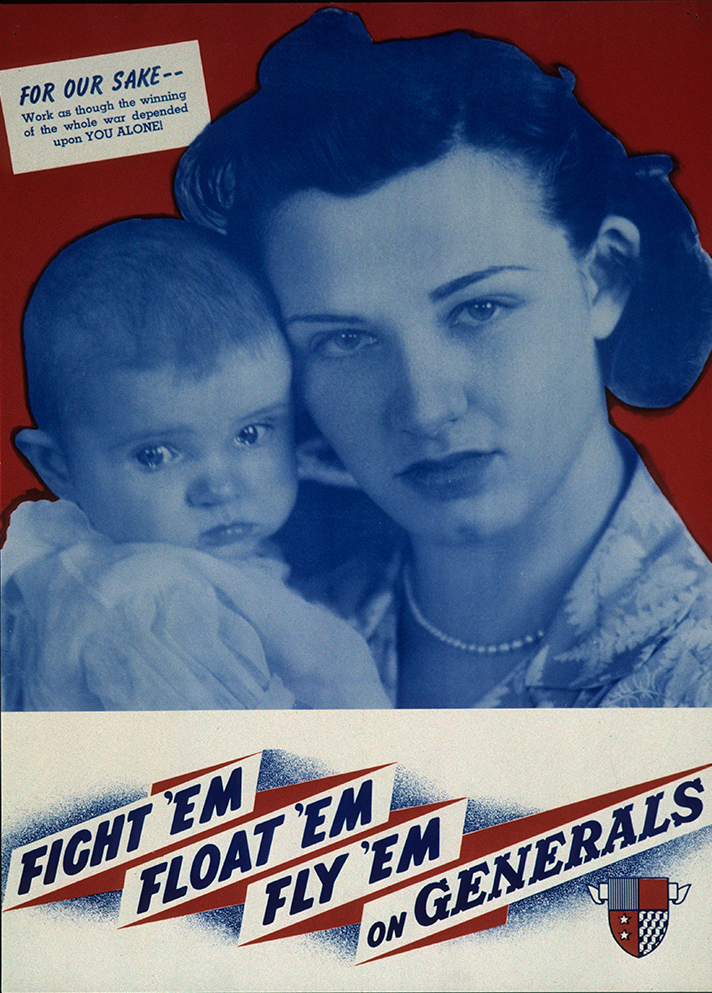Too many military historians and analysts tend to focus on the great successes of the battlefield at the expense of those dealing with the larger strategic issues of war, namely strategy, technology, and logistics. Nothing better exemplifies this penchant than a comparison of the conduct of the Second World War by the Western Allies and their Nazi opponents. In the end, what mattered was a willingness to think through the larger issues confronting their opponents, such as those dealing with armaments production, or the need to support their allies in Europe at the expense of the buildup of their own military force. It also depended on a willingness to consider the military and economic weaknesses on one’s own side of the fence.
Perhaps the most obvious areas of differences between the opposing sides came in the technological field. In summer 1940, with Britain confronting a desperate situation with the fall of France, Churchill authorized the release of the most technologically important invention of the war to the Americans. In late 1939, British scientists had developed the cavity magnetron, which combined two devices that allowed for the development of electromagnetic weapons systems with far greater capabilities than anything available to the Germans. In the first meeting of British and American scientists, Churchill ordered his negotiators to reveal the device before the Americans had provided anything in exchange.
Similarly, the Americans provided manufacturing and technological aid at an unheard-of level. The president’s decision to open the United States’ stocks of weapons and ammunition to the British came directly against his military leaders, who were desperately afraid that Britain was about to fall to the overwhelming superiority of Hitler’s Wehrmacht. Thus, at the strategic level, Roosevelt was willing to take the risks involved in a short-term weakening of America’s military position in favor of strengthening its long-term interests. Lend-Lease became a major factor in the Allied victory.
The Germans’ attitude was quite different. On the outbreak of war, Hitler requested that his henchman, Hermann Göring, abandon all the Wehrmacht’s major research projects scheduled for the coming two years, and focus those efforts on the immediate present. The result was that by 1942 the Germans were behind the scientific and technological power curve, especially in the aspects of the war in the air. The response was disastrous for German rearmament; by 1942 German technological capabilities were far behind those of the Allies.
Perhaps the most depressive aspect of those deficiencies was the general unwillingness of the German leaders to recognize how far behind they were. Desperate to catch up, the Germans initiated a host of highly expensive, doubtful weapons development programs that simply did not pay off. For example, the V-2 ballistic missile resulted in bankrupting the Reich’s air defenses with the equivalent production of 25,000 fighter aircraft—all to develop a ballistic missile incapable of hitting a target seventy-five square miles in area. Ironically, the V-2 provided the startup ballistic weapons development for not only the Soviets but the Americans as well.
The second glaring difference between the Allies and the Nazis came in how they were willing to utilize the manpower that was available for scientific and technological support of the war effort. For the German military scientists were civilians, in whom the German military displayed the most casual disinterest. The opposite was how the Allies utilized civilian talent, particularly young scientists. In early September 1939, the young Cambridge undergraduate scholar, F. H. Hinsley returned from a trip to the Reich. He immediately received an appointment as an intelligence analyst tracking German call-signs in the Baltic.
In April 1940 he warned his superiors that major German moves were occurring. They paid not the slightest attention. The result was that the British were caught completely flat-footed when the German invasion of Norway occurred. Two months later, Hinsley warned his superiors that the German battlecruisers were off the North Cape. Again, they paid no attention, and the result was the loss of the carrier HMS Glorious.
The next time Hinsley spoke, the Admiralty listened. In March 1941, the Admiralty mounted a cutting out operation that included one light cruiser and three destroyers that captured the German weather ship operation off Norway. That operation began the first step into breaking the German naval codes. Those responsible for the British intelligence successes included Solly Zuckerman, one of the world’s experts on baboon biology, and P. K. Blackett, the inventor of operational research, among others.
Simply put, there are no similar examples among the Germans, except for the rocket scientists who developed a weapons system that was the most cost ineffective of the war.

















